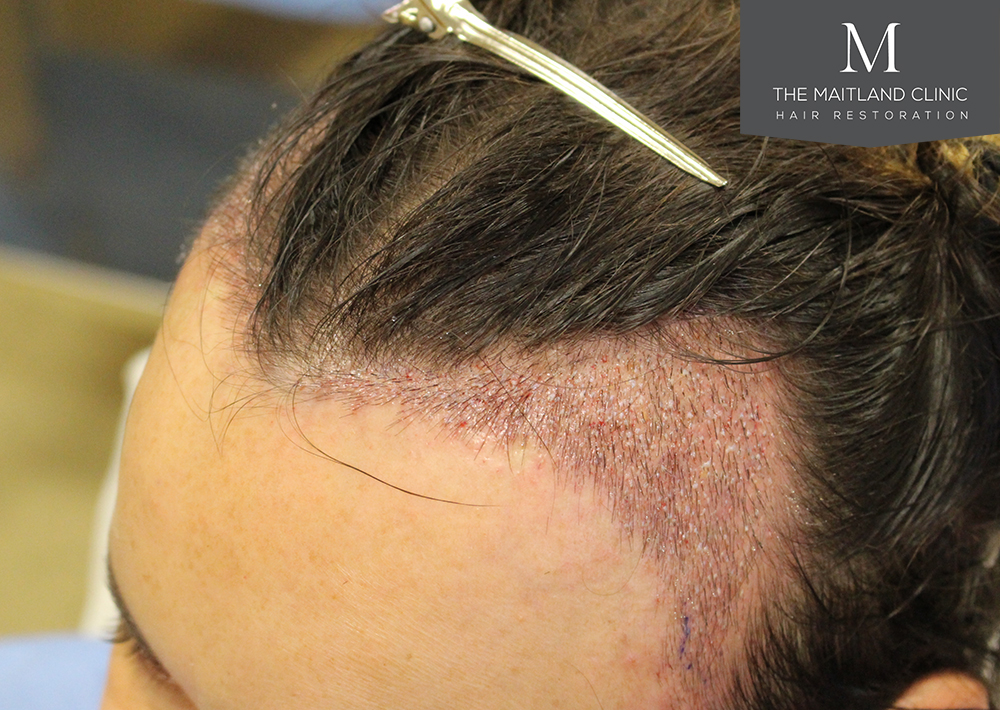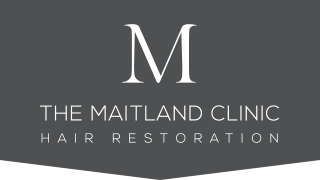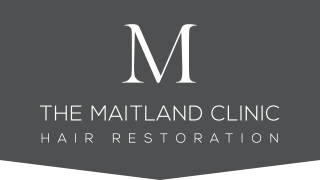Hair loss treatment for women
28th May 2024

When most people think of hair loss, they often think that this is something that impacts mainly men. But it’s a really common problem in women too – it’s estimated that by the age 70, around half of women will experience female pattern baldness, the most common type of hair loss.
Hair loss can be a distressing experience for women, impacting self-esteem, confidence, and overall wellbeing. From genetics, to hormonal changes, to stress and health conditions, hair loss can have various underlying causes. Fortunately, there are numerous treatments available that can help manage hair loss in women.
Understanding hair loss in women
Before diving into treatments, it’s essential to understand the types of hair loss women may experience. Some of the most common types include:
- Androgenetic alopecia (female pattern baldness): this is where the hair starts to thin or become completely bald in some spots. In men, pattern baldness usually occurs at the hairlines and temples, whereas in women, hair loss tends to be spread more throughout the central scalp, keeping the hairline preserved.
- Telogen effluvium: where there is excess shedding of the hair.
- Alopecia areata: an autoimmune disorder that causes patchy hair loss.
Hair loss (alopecia) can be triggered by a range of factors such as:
- Genetics
- Hormonal changes such as the menopause
- Stress
- Medications such as chemotherapy
- Autoimmune disorders
- Certain hair practices.
Hair loss treatments for women
At The Maitland Clinic, we have an extensive consultation process which helps us understand the type of hair loss you’re experiencing, the extent of your loss, the cause, and your overall hair type and goals.
We conduct an in-depth hair and scalp analysis using innovative trichoscopy imaging techniques, and reference the The Savin Scale (a visual gradient of hair loss pattern) to identify how hair loss is presenting in your unique case.
Combining all of these unique factors helps us to identify which treatment might be most effective for you. We have a range of non-surgical and surgical techniques we can offer patients:
Surgical hair restoration
When someone has a high hairline, either naturally, or receding from genetic hair loss or traction alopecia, we would usually recommend surgical hair restoration for women.
Follicular Unit Transplant technique (FUT)
A strip of skin is taken from a ‘donor area’ – where the hair is permanent and genetically programmed to keep growing. The hair follicles from this donor area (known as ‘hair grafts’) are harvested and inserted into tiny incisions into the recipient area of hair loss. This highly refined procedure doesn’t require shaving the donor area (which is typically at the back or sides of the head), which some women may prefer. The linear scar also tends to be concealed by the hair immediately after surgery.
Follicular Unit Extraction technique (FUE)
Similarly to FUT, in FUE, hair follicles are taken from a donor area and transplanted into a recipient area. However, instead of removing a strip of skin, this procedure involves extracting individual follicles directly from the donor area and transplanting them into the area of hair loss. Extracting the hair in this way usually requires shaving the donor area at the back or sides of the head, or in smaller procedures, we can consider a non-shaved FUE extraction technique.
If we are transplanting the hairs into a recipient area with existing hairs, we usually recommend shaving the area to be grafted into in order to improve access, protect existing hairs, and achieve a result with greater density.
Non-surgical hair restoration
Surgery is not suitable for everyone and may even make hair loss worse. For instance, women with diffuse thinning are not suitable candidates for a hair transplant because they risk continued thinning after surgery.
Thankfully, a wide range of non-surgical (sometimes referred to as ‘trichology’) treatments have been established as effective hair loss solutions. At The Maitland Clinic, a thorough assessment by our trichologist or a specialist dermatologist helps to determine which treatment may be most suitable for each individual:
Medication
- Minoxidil (oral or topical): this hair loss medication helps to strengthen existing hairs and promote hair regrowth. Research has found that minoxidil can be very effective for people with pattern baldness, and has also been used to treat other types of hair loss. It’s not suitable for everyone though, and women usually require lower doses than men. This means a full trichology assessment is necessary before minoxidil can be prescribed.
- Spironolactone (oral): this medication is usually prescribed when minoxidil doesn’t work. It works by slowing the production of male sex hormones which helps to slow the rate of hair loss from androgenetic alopecia (female pattern baldness). Spironolactone has shown to be effective alone, plus when it is combined with minoxidil – leading to reduced shedding and increased hair growth.
- Finasteride: this medication works by blocking the conversion of testosterone to dihydrotestosterone (DHT), as DHT encourages hair loss. Finasteride is not typically recommended for premenopausal women because it can cause the abnormal development of a baby if a woman falls pregnant while taking the medication. However, some evidence shows it may be safe and effective for supporting postmenopausal women with hair loss, but more research is needed.
Learn more about hair loss medication.
Laser treatment
Low-level laser therapy works by emitting a certain wavelength of light into the scalp which is absorbed by hair follicles. This light stimulates cellular reactions, leading to more blood flow and energy to the hair follicles. This can encourage healthier hair growth over time.
Platelet-Rich Plasma (PRP)
PRP treatment involves withdrawing a small amount of blood from the patient to process it, concentrating the platelets, which are a type of blood cell that produces growth factors. This processed solution is then injected back into the scalp, where the growth factors help to increase blood supply to the follicles and encourage cell regeneration. This advanced treatment encourages the body’s own healing processes to naturally develop healthier hair growth, leading to lasting benefits such as higher quality hair follicles, improved hair growth, and reduced hair loss.
Hair loss treatment for women at The Maitland Clinic
At our multi-award-winning clinic, we welcome individuals of all ages and genders, and are experts in treating a wide range of hair loss conditions. Our highly skilled experts strive for the best outcomes for each individual, combining innovative hair loss treatments for women with the utmost care and compassion.
If you’re ready to explore your options and get well on your way to improving your confidence and self-esteem, we’re here to welcome you. Get in touch with our team by completing our enquiry form or calling us on 02392 706122.










